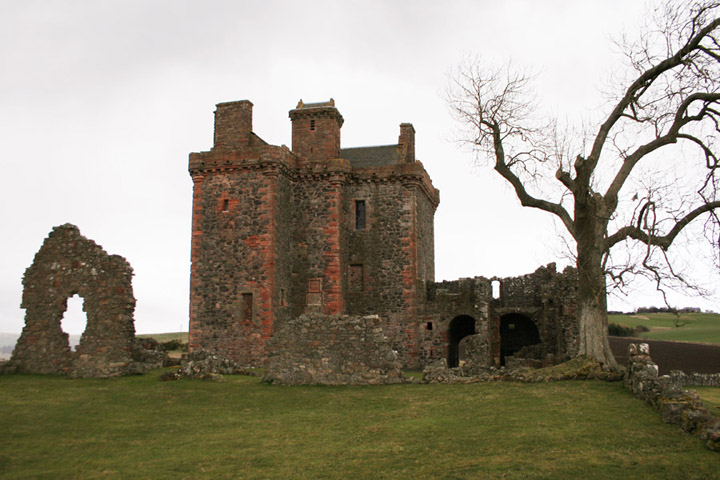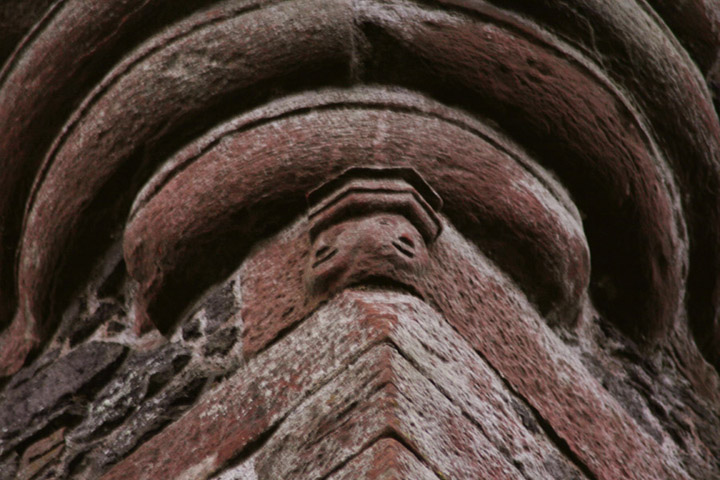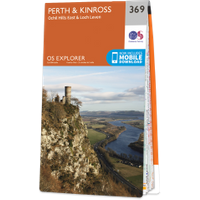

Balvaird Castle is thought to have been built in the late 15th century by Sir Andrew Murray, of the Murrays of Tullibardine, most probably on the site of an earlier Barclay castle.
Murray obtained the lands of Balvaird through his wife, Margaret Barclay, when her father James Barclay of Arngask and Kippo died in 1499. Although much obscured by weathering, the remains of the Murray and Barclay coats of arms can be seen above the castle’s doorway.

Originally it consisted of a large L-plan tower rising to three storeys plus an attic floor.

Unusually at the top of the stair tower is a small two storey caphouse styled like a mini-keep.

In 1567 a gatehouse was added to the south, protecting a walled courtyard extending to the east. Outside of this defensive courtyard is evidence of further walls which are remnants of walled gardens and an orchard.
There are several interesting architectural details, including small carved faces below the corner turrets of the battlements.

In 1573 Sir Andrew Murray of Balvaird and Arngask granted a charter to his future wife, Margaret Crichton, daughter of John Crichton of Strathord.
In the early 17th century Anne Murray, daughter of Sir Andrew Murray of Balvaird and niece of Sir David Murray of Gospertie, 1st Viscount of Stormont, married Sir Mungo Murray of Drumcairn, son of John Murray, 1st Earl of Tullibardine. Sir Mungo became the 2nd Viscount of Stormont in 1631 and in 1633 was confirmed as the keeper of Huntingtower Castle.
In 1641 another Andrew Murray (Sir Andrew Murray of Pitlochrie) was created 1st Lord Balvaird. Following the death of James Murray, the 2nd Earl of Annandale and 3rd Viscount of Stormont in 1658, Andrew Murray’s son David Murray became the 4th Viscount of Stormont and moved his family from Balvaird Castle to Scone Palace.
The castle continued to be occupied although not by the Murrays themselves, and may have been used to house farmworkers. By 1845 it had fallen into disrepair, but in 1974 the running of it was taken over by Historic Scotland and restoration took place.










